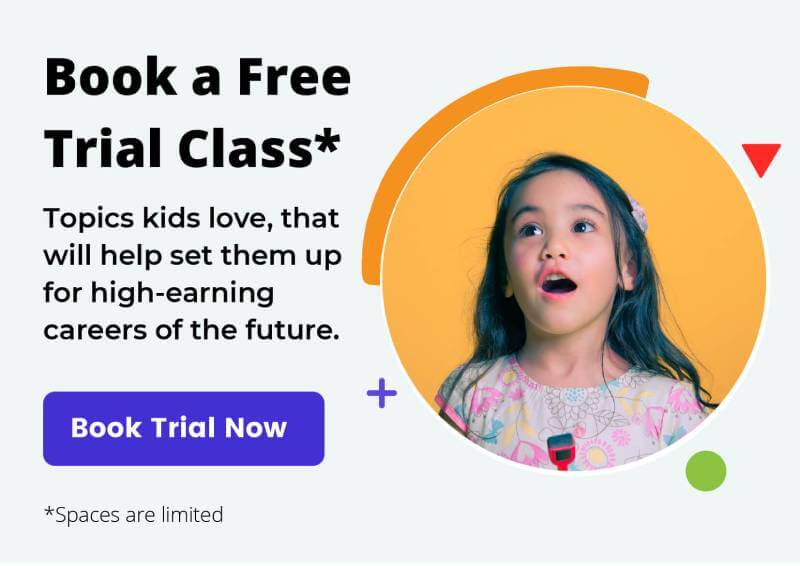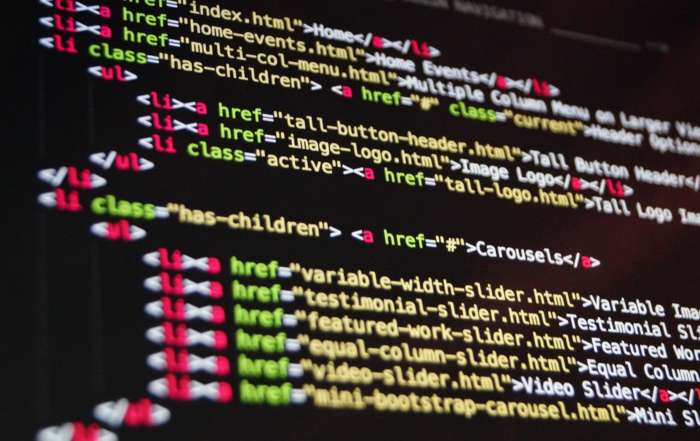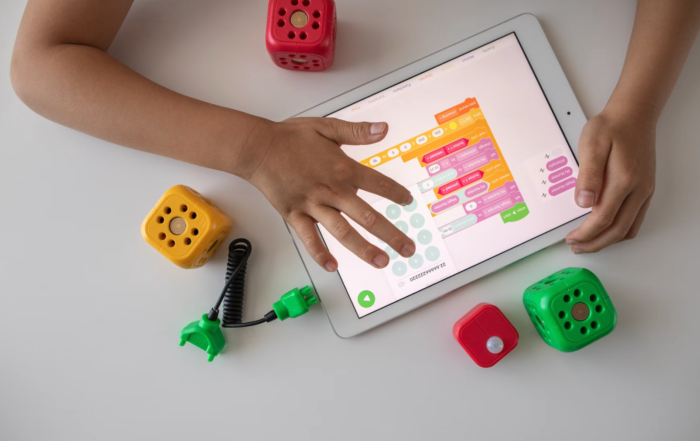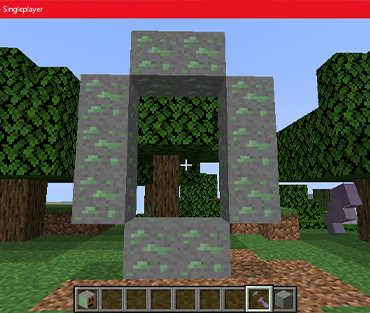I had an incredible discussion with a researcher at OISE. He is a Clinical Psychologist who works extensively with kids and also teaches. He told me that he refers kids to our programs and has seen positive results from them coming here.
He referenced a number of different concepts that he felt were being used and leveraged in our program. The first is called the Good Behaviour Game. This concept has kids developing rules together and operating as somewhat of a self-governing group where their behaviour is governed by themselves in order to stay part of the group and stay within the rules that they have set for themselves.In fact, in our Minecraft programs kids develop a server and worlds together and establish rules as a group for what the rules of this world will be. They then self govern and continue to build in this world together in accordance with the rules that they have set.
The next concept that we talked about is called hot executive functioning. This concept says that in certain scenarios, kids monitor their own behaviour to get rewards. If they are part of an exciting scenario such as a Minecraft game (like what we teach), they will want to monitor their behaviour to ensure that they continue to stay part of the activity or in this case the game. We see this in our programs because kids know that if they misbehave as a group or if any one individual misbehaves to a certain extent, we will turn off the Minecraft server. Thus since they want to continue to be part of playing the Minecraft game they may choose not to misbehave so that the server does not get turned off. According to the concept of hot executive functioning, this practice helps them to develop their executive functioning and improve their behaviour, and practice with their new improved behaviour and then take it home to other scenarios in their life.
We spoke about how academic interventions around the area of self-regulation are missing from a lot of different research and programs. This is part of the reason he said he has been recommending people to come to us, so that their kids can develop more self-regulation skills. He said that social skills groups where kids learn how to speak to others, how to shake hands, how does smile, etc do not necessarily work because kids often remember the skills but don’t necessarily put them into practice. It is only when they are practicing the skills on an ongoing basis like in a class like ours that they are able to retain the skills and practice them elsewhere. We feel that having an engaging activity in front of them such as Minecraft helps them to stay interested in what they’re doing, feel more power over what they are doing, build self-regulation skills and enhance their interest in academic achievement.
The other topic that we spoke about was called Keystone habits. One of the Keystone habits is an ability to share. Another is an ability to take turns. This has been developed in the past with Lego where participants in studies have been given Lego pieces and invited to share and take turns in order to help build these critical skills. We develop the skills of ability to share and ability to take turns within our Minecraft programs. Kids are invited to ‘share’ a Minecraft world and share the physical space inside it. They help determine who will build where and make sure that everyone has their own space to build, and that if kids are building in the same spot then they are doing so in a way that shares the resources that are available and shares the space that is available. They also take turns from building so that they can build cumulative on top of each other’s creations. We noted that a high desire for the activity makes kids want to develop skills so they can continue doing it successfully.
We also noted that many of these skills have a transfer effect from the classes through to the home environment where parents see improved behavior at home. Teachers have also reported improved behavior after sending kids to our classes, evidencing a large transfer effect. I think this is one of the reasons that we see teachers recommending kids to us. It is because of improved behaviour that they see after their kids come to us.
We also talked about the concept of brain plasticity, an area that is very interesting and important to me. He said that in order to change the brain you need three things: specificity, intensity, and duration. Specificity means a specific thing that kids are working towards, for example, coding a game. Intensity is how intense the activities are or how immersed kids are inside of it; for example, they might be highly immersed in playing Minecraft. Duration is enough sessions to have the activity make an impact. He said that playing games create stress on parts of the brain that provides all three of these elements of specificity, intensity, and duration and helps them to therefore develop their brain.
He said that a rule of thumb within research is that you need a minimum of 45 hours to see results. This means 45 hours where kids participate in the intervention or program before you can see increased behaviour. However he noted that this can be shorter or shortened if it’s a more intense activity for example Minecraft. He shared that they are doing a study of a board game activities with kids with exceptionalities and that they started to see results sooner than 45 hours partly because it was a more intense and exciting activity. We both wondered if there might be an even shorter timeframe for us to see results due to the intense and exciting nature of a game like Minecraft. This has certainly been my experience, as I have seen behavior improvement results as soon as one day of a camp.
We discussed the concept of gamified and goal oriented behaviour where kids all win together and lose together. And in these cases kids have incentive to behave and to bring this behavior to other settings.
We also discussed the idea of peer referencing. Peer referencing is the phenomenon where we want to replicate other people’s good behaviour. For the longest time, all of our programs have been fully integrated, where kids with exceptionalities are in the same group as kids who are neurotypical. I have always been hesitant about separating atypical and neurotypical kids into multiple different groups, and our discussion about peer referencing helped validate the fact that when atypical kids are able to see other kids behaving well they want to replicate their behaviour and mirror how they act and self-regulate. So having integrated programs may be an active ingredient in the success of the programs that we are seeing.
We are excited that our programs are having a strong effect on kids – and we are beyond excited at the prospect of pioneering programs that can change kids’ lives.
Also Read
How Coding Classes Can Lead to a Career in Coding
Often, children are asked the question, what do you
Digital Creativity Unleashed: Coding as a Creative Outlet for Kids
When children learn to code, they’re not only learning
Unlocking Creativity: How Minecraft Can Foster Imagination and Innovation in the Classroom
Many people think of Minecraft as just a game









